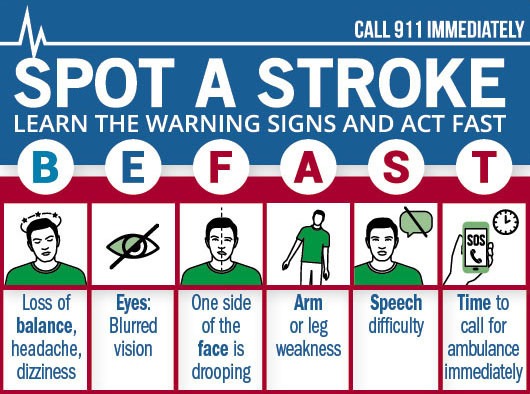 By Mike Weland
By Mike Weland
It was 12 years ago yesterday my life changed between one blink and the next and I didn’t even realize it had happened. It was a stroke, brought on by high blood pressure. I was 53. Sunday, April 22, 2012, just as the intro to KXLY’s 5 p.m. news segued out.
I’d been told earlier by doctors my blood pressure was high and again several times in my three weeks in stroke school, but I never asked, “what do we do about it?”
Over the next four years, I had around 15 TIAs, or “mini strokes,” and another damaging stroke in 2014. It wasn’t until 2016 when I signed up for VA benefits I never knew I had that a doctor, noting again that my blood pressure was high asked me, “what are you doing about it?”
When I told her I never knew there was anything could be done, she put me in touch, by phone, with a Navy pharmacist’s mate at the VA Medical Center in Boise, within a few days I had a few bottles of pills and a blood pressure cuff and over the course of a few months of weekly calls, she adjusted the dose until it was optimal.
I’ve had no stroke symptoms to date.
Every 40 seconds, someone in the United States has a stroke. Every 3 minutes and 14 seconds, someone dies of stroke. Knowing the symptoms of a stroke and acting quickly could mean the difference between life and disability or death. If you delay getting help, the risk of permanent damage or death increases greatly.
Even if the symptoms don’t last long, they may still be a sign of stroke. Call 911 right away if you or someone you know has any of these symptoms:
- Sudden numbness or weakness in the face, arm, or leg — especially on one side of the body
- Sudden confusion, trouble speaking, or understanding speech
- Sudden problems seeing in one eye or both eyes
- Sudden dizziness, loss of balance or coordination, or trouble walking
- Sudden severe headache with no known cause
Other danger signs that may occur include double vision, drowsiness, and nausea or vomiting. Stroke strikes fast. Responding quickly when you notice any of these symptoms is key.
Do not drive yourself to the hospital and don’t ask someone else to drive you. Call 911 for an ambulance so that medical personnel can begin lifesaving treatment on the way to the emergency room.
